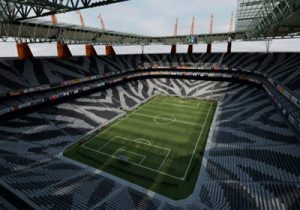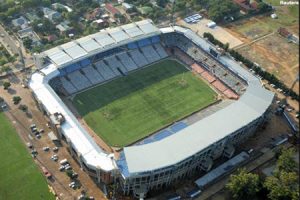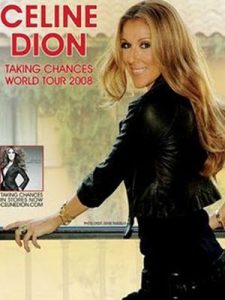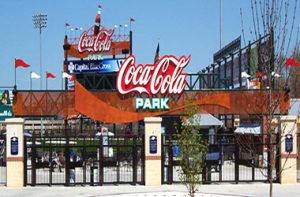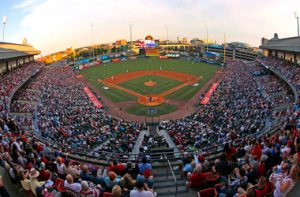Located in Durban, South Africa the Kings Park Stadium was built to accommodate crowds or around 12,000, and it first opened in 1958. By 1980 it received extensive renovations, which it needed again just before the Rugby World Cup in 1995, these also included expansion of its capacity. Currently, the Kings Park stadium can seat a crowd of 52,000.
Kings Park Stadium – Name Changes & Sponsorships
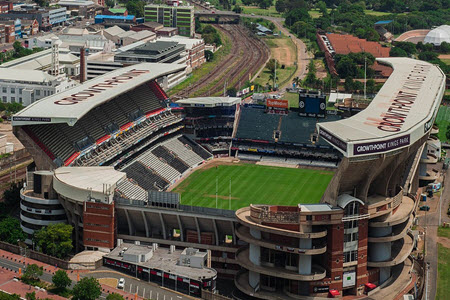
For two years the home to the Sharks rugby team was known as the Mr Price Kings Park stadium, although the sponsorship ended in January 2013 and the stadium went back to its original name as King Park stadium.
Kings Park stadium was also known as the ABSA stadium from 2000 to 2010, it then changed the name to become the Mr Prince Kings Park stadium from 2011 until the start of 2013. More name changed due to sponsorships took place between 2013 to 2018 when the stadium became known as the Growthpoint King Park stadium, and since March 2018 it is known as the Jonsson Kings Park stadium.
Kings Park Stadium Hosts 1995 Rugby World Cup Matches
Kings Park was one of the stadiums used as a venue for the Rugby World Cup that took place in South Africa in 1995. Three pool b games were hosted by the stadium as well as one of the quarter games in which Ireland was defeated by France 36-12. The semi-final was also hosted by Kings Park in June 1995, where South Africa’s Springbok team enjoyed a 19-15 win over France, which was the start of what would end in the nations very first Rugby World Cup Trophy.
Kings Park Stadium Host International Events
Apart from being the home of the Sharks rugby team, Kings Park Stadium was also used for a variety of events featuring international stars. It was at Kings Park where thousands of South Africans could enjoy “The Bodyguard World Tour” of Whitney Houston on the 8th of November 1994. Almost a year later the “These Days Tour” of Bon Jovi was hosted at the same stadium on the 3rd of December 1995. Tina Turner performed at the stadium in April 1996 during her “Wildest Dreams Tour’, and in 1997 it hosted the “Evolution World Tour” of Gloria Estefan.
Kings Park was also one of the stadiums where Michael Jackson performed during his History Tour in 1997, followed by his sister Janet Jackson in November 1998 during the Velvet Rope Tour. In 2006 the stadium hosted both the Metallica, Escape from Studio 06 and the Robbie Wessels, Close Encounters tours. The last two tours hosted by the Kings Park stadium was Celine Dion during her Taking Chances Tour and Rod Steward during his South Africa Tour, both in 2008.
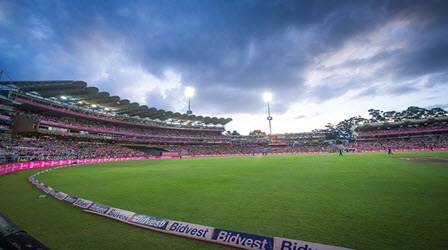 Construction on the Bidvest Wanderers Stadium in South Africa commenced back in 1955. It was used for a 1st class match in 1956 when Natal and Transvaal played there on the 16th, 17th and 19th of November. The next match was that of Peter May’s MCC side who played a match on the 30th of November 1956 against Transvaal, and the very next morning the first hat-trick was that of Brian Statham, his victim, Gerald Ritchie, the same one who later became the Gauteng Cricket Board chairman.
Construction on the Bidvest Wanderers Stadium in South Africa commenced back in 1955. It was used for a 1st class match in 1956 when Natal and Transvaal played there on the 16th, 17th and 19th of November. The next match was that of Peter May’s MCC side who played a match on the 30th of November 1956 against Transvaal, and the very next morning the first hat-trick was that of Brian Statham, his victim, Gerald Ritchie, the same one who later became the Gauteng Cricket Board chairman.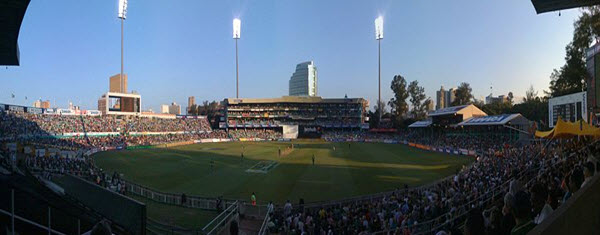
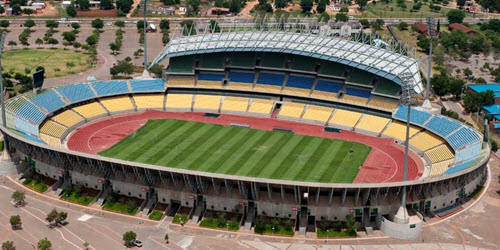
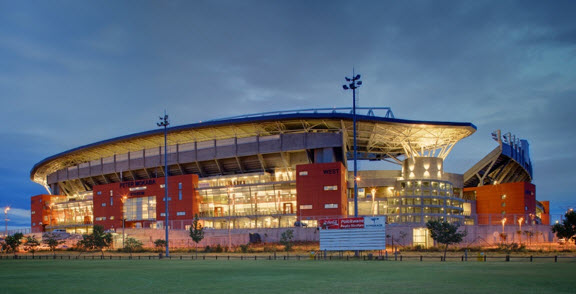
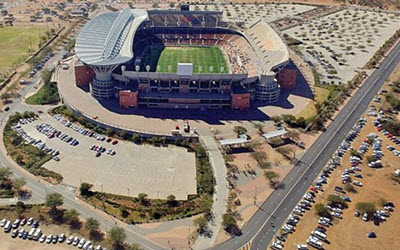
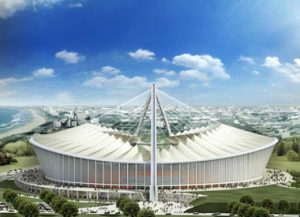 The Moses Mabhida Stadium is a recently developed multi-purpose stadium which is located in the city of Durban in South Africa. It was first opened in November of 2009 and hosted its first match during the same month. One of the most famed games that were hosted at the stadium was for the FIFA World in 2010Cup, which the stadium was nearly filled to max capacity, which is 56,000. The Moses Mabhida Stadium is in the same area of the Kings Park Stadium and the Durban Street Circuit, which is commonly used for motorsports. Recently, in an online pool, the stadium was voted to be the most popular in South Africa.
The Moses Mabhida Stadium is a recently developed multi-purpose stadium which is located in the city of Durban in South Africa. It was first opened in November of 2009 and hosted its first match during the same month. One of the most famed games that were hosted at the stadium was for the FIFA World in 2010Cup, which the stadium was nearly filled to max capacity, which is 56,000. The Moses Mabhida Stadium is in the same area of the Kings Park Stadium and the Durban Street Circuit, which is commonly used for motorsports. Recently, in an online pool, the stadium was voted to be the most popular in South Africa.